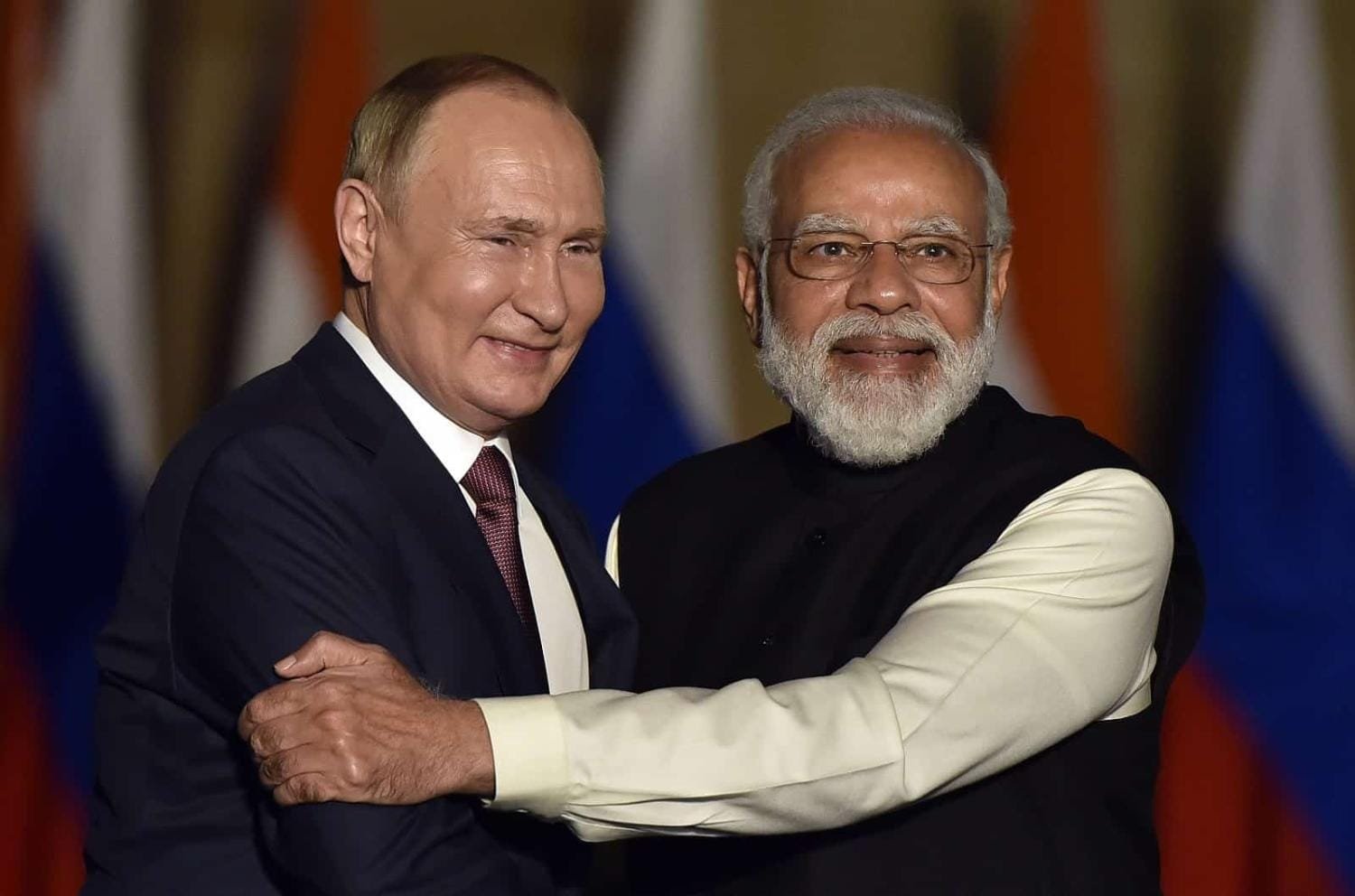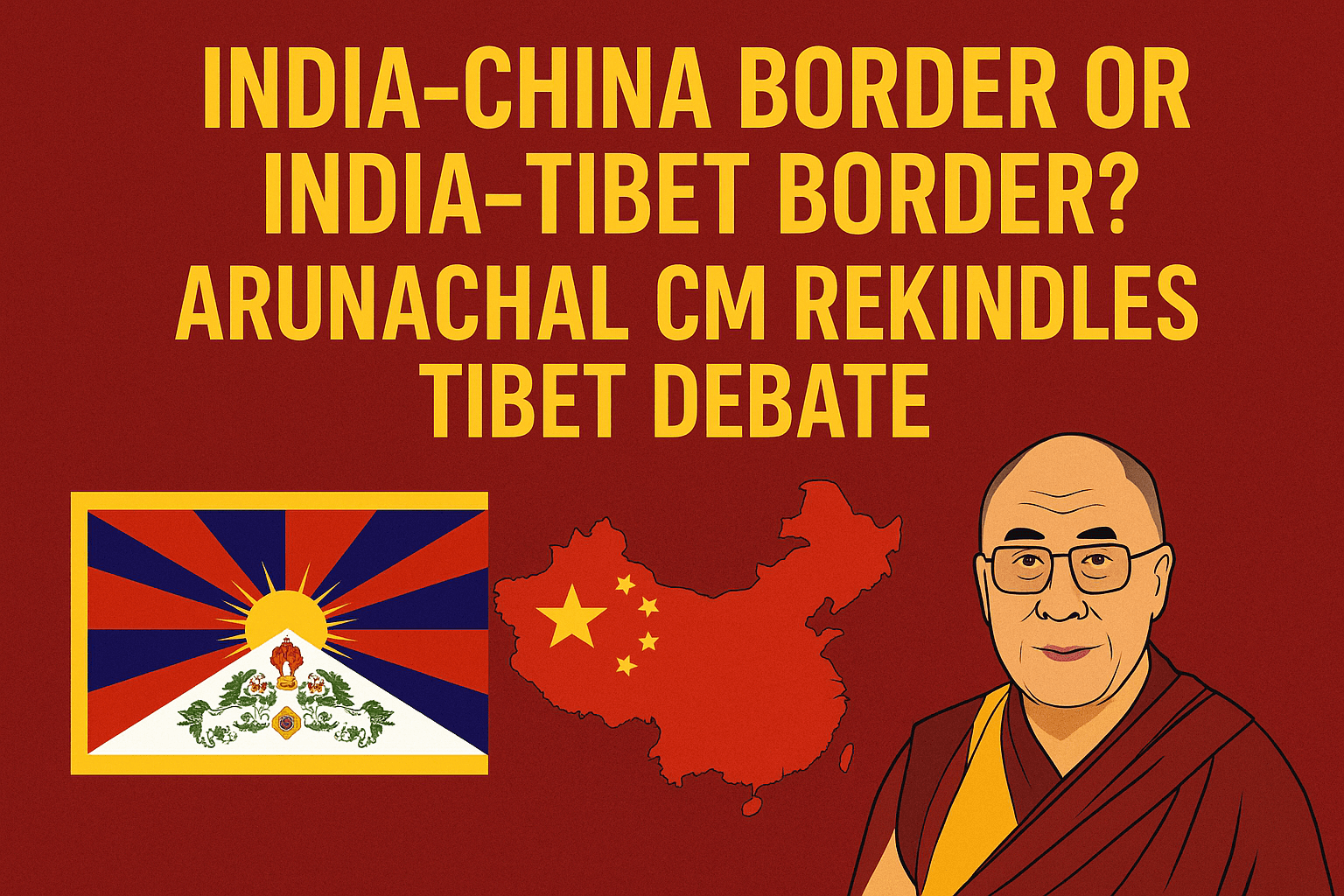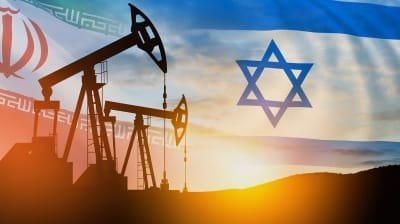Asia, the largest and most populous continent, is home to a rich tapestry of cultures, histories, and geographies. Within this vast expanse, the classification of certain countries as “Asian” can sometimes be a subject of debate. Two notable examples are India and Russia, whose identities and affiliations with Asia are often discussed and sometimes contested. This article explores the reasons behind the complexities of considering India and Russia as Asian countries.
Geographical Considerations
Geographically, Asia encompasses a wide range of regions, from the Middle East to the Far East, and from the northern reaches of Siberia to the southern tip of the Indian subcontinent. India, located on the Indian subcontinent, is unequivocally part of South Asia and is generally recognized as an Asian country. Its geographical placement, bordered by the Himalayas to the north and the Indian Ocean to the south, firmly situates it within the Asian continent.
Russia, however, presents a more complex case. As the largest country in the world, Russia spans eleven time zones and two continents: Eastern Europe and Northern Asia. The Ural Mountains serve as the traditional divide between Europe and Asia, with the western part of Russia lying in Europe and the eastern part in Asia. Despite the majority of Russia’s landmass being in Asia, the bulk of its population resides in the European part. This geographical duality often leads to Russia being perceived as more European than Asian.
Cultural and Historical Contexts
Cultural and historical ties also play a significant role in how countries are categorized. India boasts a rich cultural heritage that is deeply intertwined with the broader Asian cultural sphere. From its ancient civilizations and religions to its diverse languages and traditions, India’s identity is firmly rooted in South Asia.
Russia’s history, on the other hand, is deeply connected to Europe. The influence of Eastern European cultures, the spread of Christianity, and Russia’s pivotal role in European politics and conflicts have shaped its identity. The Russian Empire and later the Soviet Union were significant players in European affairs, further cementing Russia’s European ties. However, Russia’s Asian territories, such as Siberia and the Far East, have their own unique cultural and historical narratives that contribute to the country’s complex identity.
Political and Economic Groupings
Political and economic alliances can also influence perceptions of national identity. Russia is a member of the Council of Europe and has historically been involved in European political affairs. Its participation in organizations like the Organization for Security and Co-operation in Europe (OSCE) underscores its European connections.
India, while geographically Asian, is a member of various international groups that span beyond Asia, such as the Commonwealth of Nations. Its strategic partnerships and economic ties extend globally, influencing its identity on the world stage. However, within the context of regional organizations like the South Asian Association for Regional Cooperation (SAARC), India’s Asian identity is prominent.
Regional Identity and Self-Perception
Ultimately, the way people perceive their own identity can significantly impact how their country is categorized. Some Russians might identify more with European culture and history, while others might feel a strong connection to their Asian heritage. Similarly, Indians might identify strongly with their South Asian identity, which is a subset of the larger Asian identity.
In conclusion, while India is generally considered an Asian country due to its geographical location and cultural ties, Russia’s classification is more complex due to its transcontinental nature and historical connections to Europe. Both countries, however, possess significant Asian elements that contribute to their rich and diverse identities. Understanding these nuances is essential for appreciating the intricate tapestry of Asia and the world at large.












